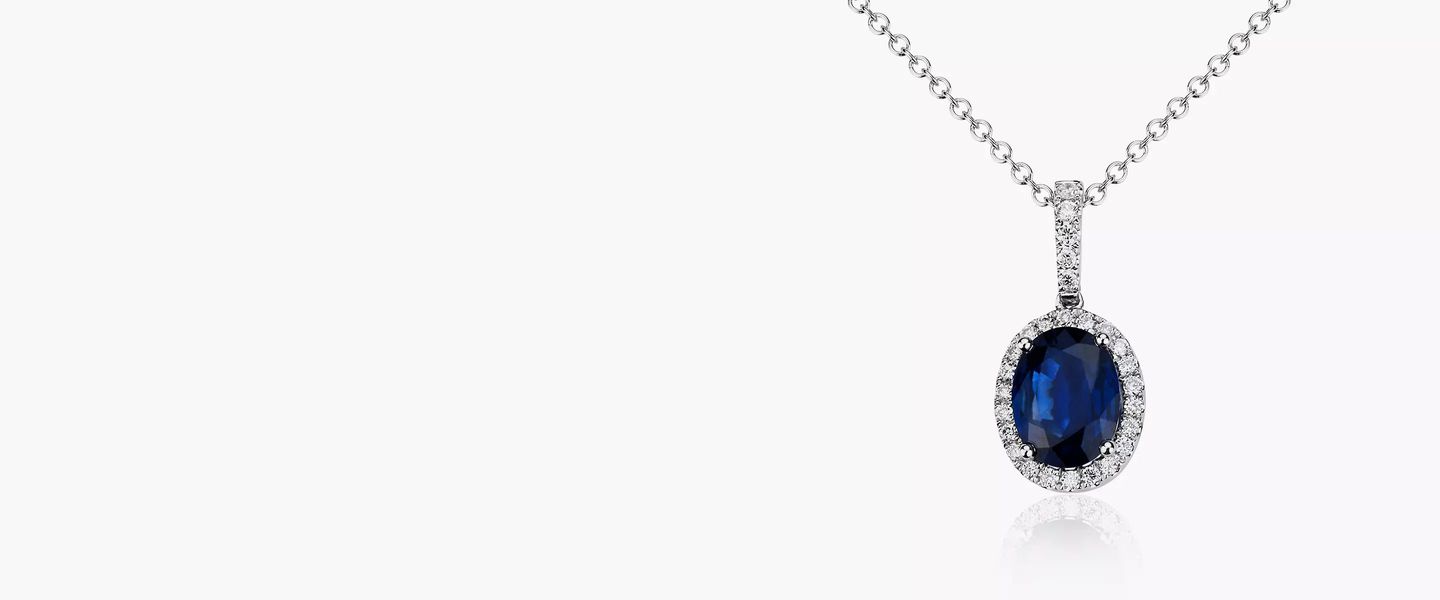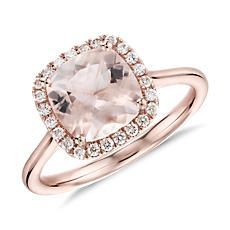How to Choose a Gemstone
Roughly 200 different known gemstones grace the planet today—including precious and semi-precious varieties—and they all have different characteristics.
COLOR
The color of a gemstone is its most defining and memorable feature—and for many, it’s the most important factor in choosing a gem. In general, the more saturated a gemstone, the more valuable it is. But for most people, buying gemstones isn’t about picking the most “valuable,” but rather choosing a gemstone in a color they really, really love.

CUT
The cut of a gemstone refers to the facet arrangement, proportions, and, often, the shape of the gem. Gemstones are cut in a way that best displays or accentuates their color, sparkle and brilliance.

CLARITY
Gemstone clarity refers to how many—if any—inclusions are present in the stone. Inclusions are things like gas bubbles, fractures and crystals that became one with the stone as it was being formed. Almost every gemstone has them. In general, gemstones with fewer inclusions are more valuable, but in many cases, a moderate number of inclusions contribute to the appeal of a gemstone and take away none of its beauty.

SIZE
Gemstone size is typically measured in millimeters in diameter, which gives you a more accurate representation of its size. These dimensions show how much of the stone is visible in its setting. We provide measurements for every one of our brilliant gemstones to help you envision exactly how it will look in your chosen setting.

ENHANCEMENTS
Enhancements are a collection of techniques, including infusions and heat treatments, that improve a gemstone’s appearance, value, and in some cases, its durability. But treatments don’t mean your gemstone is less-than-real or has less value. In fact, almost all colored gemstones on the market today are enhanced—untreated colored gemstones are very rare.

Shop Popular Gemstone Jewelry
Your Essential Gemstone Guide
So many gemstones, so little time. If you love them all and can’t possibly choose a favorite, consider the many special meanings behind each gemstone — including these fascinating bits of lore and legend.
THE STONE OF ROMANCE AND ROYALTY
SAPPHIRE
September’s birthstone, the sapphire, is one of the world's most historically coveted gemstones. Sapphires were worn by royalty in ancient Rome and famously given to Princess Diana as an engagement ring from Prince Charles. They’re believed to bring good luck and fortune, so it’s no wonder that giving a sapphire is a gesture of romance and love. Explore sapphires and their range of stunning deep blue colors that delight the eye.
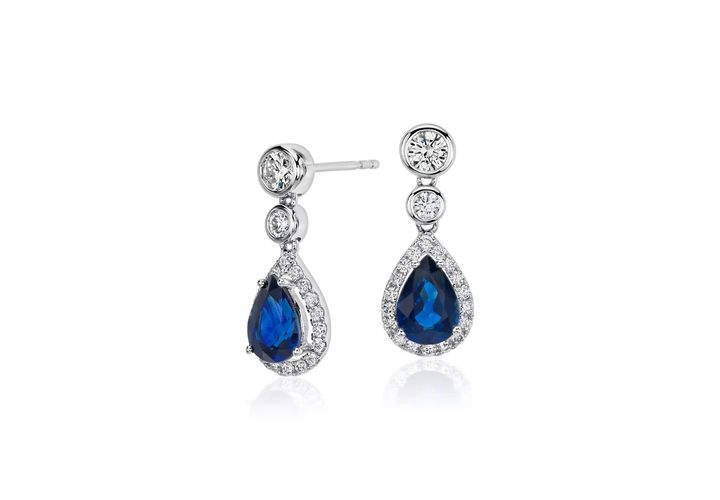
HOPE AND NEW BEGINNINGS
EMERALD
Most favored for its vibrant green hues, ranging from yellow-green to blue-green, emeralds were first mined in Egypt in 330 BCE and worn by the enchanting Cleopatra. Emerald is the birthstone for May and is a symbol of renewed spring growth. Explore emeralds their storied history, and the mesmerizing green color that sparkles as pendants, earrings and rings.
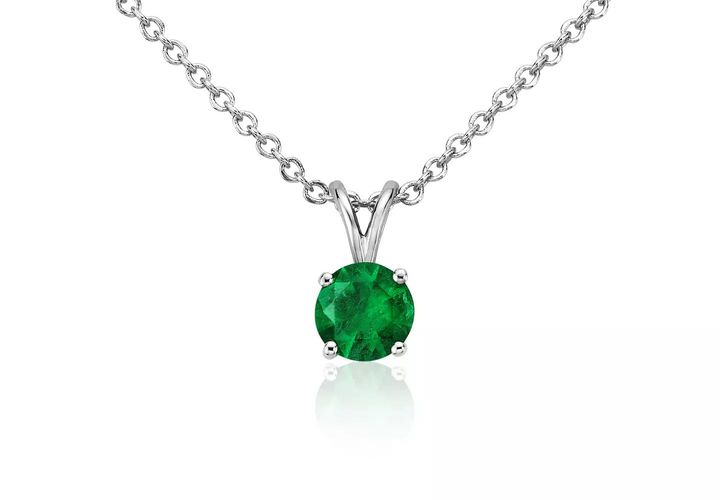
THE CAPTIVATING QUEEN OF GEMS
RUBY
A spectacular, deep red stone, the ruby has always captured the human imagination. This gemstone was believed to make ancient warriors invincible and conveyed a status of power and wealth. The ruby is the birthstone for July and makes a decadent style statement when you adorn yourself in bold, red gemstone jewelry. Explore the dramatic elegance of rubies.

THE LEGENDARY PURPLE GEM
AMETHYST
The amethyst is a purple-hued member of the glittery and glamorous quartz family. The birthstone for February, it’s associated with healing and spirituality. The ancient Egyptians thought amethysts offered protection from harm, while the ancient Greeks associated the stone with the god of wine because of its purple color. Explore amethysts their use in fine jewelry today.

CLEAR, BRILLIANT COLOR
BLUE TOPAZ
As a symbol of great power, blue topaz was believed to bestow strength and long life. Topaz comes in a variety of colors, including pink, orange and yellow, but the most common is its signature blue. Topaz is one of the gemstones often found with exquisite clarity, making it sparkle like starlight in drop earrings, rings and solitaire pendants. Explore topaz, the birthstone of December.

THE OCEAN CAPTURED IN A STONE
AQUAMARINE
Named after the Latin word for "sea water," the aquamarine is known for its varying blue colors. In Medieval times, it was thought to have healing powers and other magical properties. Today, aquamarine is used to reduce stress in crystal healing and is the birthstone for March. Explore aquamarine with their beautiful watercolor-blue tones that look incredible in both contemporary and vintage-inspired settings.
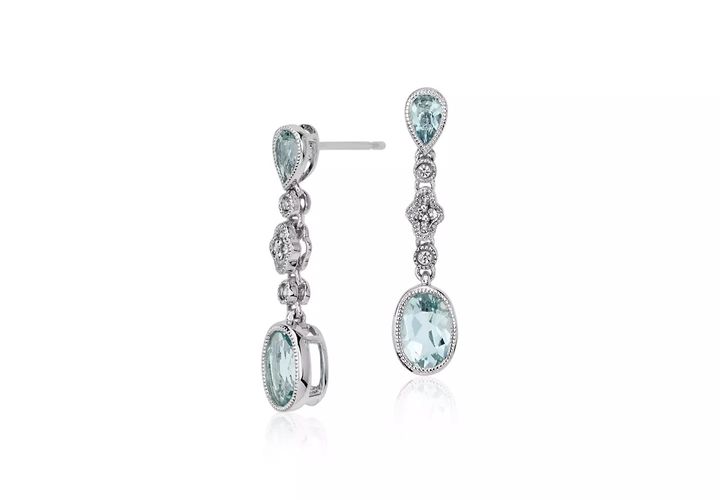
MODERN GEMSTONE, TIMELESS APPEAL
MORGANITE
Morganite is a more recent addition to the world of gemstones. It was discovered in 1910 in Madagascar and named after gem connoisseur John Pierpont Morgan. This alluring pink stone comes in a range of shades and has become increasingly popular in recent years with wearers who love to show off its gleaming sparkle and flair. Explore morganite and its breath-taking pink shades.
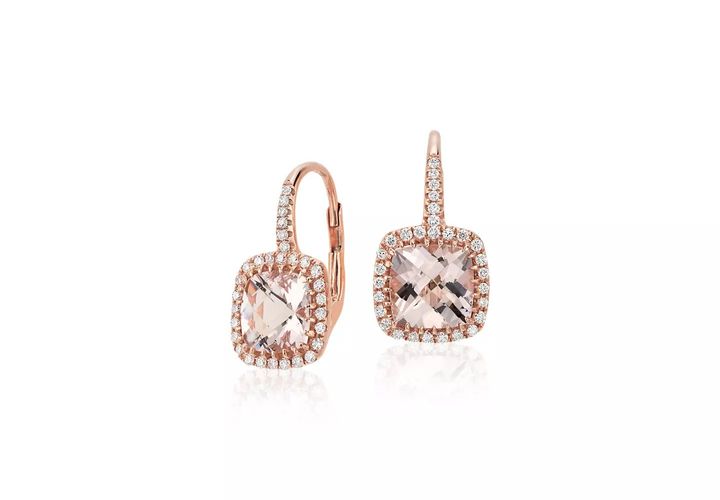
THE GEM THAT SHINES IN EVERY COLOR
OPAL
The October birthstone, opal is admired by cultures all around the world. Greek legend has it that opals protected against disease, while Arabic lore claimed it came from the heavens through lightning. Opals come in many different ranges of transparency and color, creating its unforgettable shimmer. Explore opals through their use in extraordinary jewelry.

THE MODERN BLUE WONDER
TANZANITE
Tanzanite is another fairly new gemstone, discovered in Tanzania in the ‘60s. It quickly grew in popularity, thanks to its brilliant blue and violet shades. Jewelry designers and fashionable customers alike fell in love with this gem's striking appearance. The rich tones are the result of heat treatment, with larger stones typically showing deeper color. Explore tanzanite, the dazzling gemstone newcomer.

A MESMERIZING PLAY OF LIGHT AND COLOR
MOONSTONE
It’s easy to see how the moonstone got its name. In a phenomenon known as adularescence, the surface of the stone glows brilliantly like the surface of a full moon. This shimmering gemstone is one of the birthstones for the month of June, and its lustrous beauty lends itself to exquisite rings, pendants and bracelets. Explore the ethereal radiance of moonstone.

THE RAVISHING GREEN BEAUTY
PERIDOT
Peridot is another gemstone with deep roots in ancient Egypt. When set in gold, it was believed to protect the wearer from nightmares and evil spirits. Today, this lust-worthy translucent, green gem is known as one of the August birthstones, and it makes a big splash in bracelets and earrings. Explore the alluring range of green colors of peridot.

DIVERSITY IN RICH COLOR
GARNET
In ancient times, garnets were used for a variety of purposes, including signet rings, tomb decorations, and necklaces for pharaohs. The January birthstone, garnet gemstones come in a wide range of red shades like deep crimson and bold scarlet. Explore garnet's rich history in striking jewelry pieces.

What to Know About Gemstone Hardness
Many gemstones and minerals are rated along the Mohs hardness scale. The Mohs scale quantifies a gemstone’s hardness on a scale of 1 to 10, rating how easily the stone is scratched by another gem. Diamonds score a 10 on the Mohs scale, as these gems can only be scratched by other diamonds. Softer gems, such as opals, score a 5 to 6.5 on the scale which indicates their softer nature. The softer a gemstone is on the Mohs scale, the easier it is to scratch the gem. Harder gemstones are more suitable for daily wear, while softer gems require a little extra care to keep them in shining shape.
Gemstones FAQ
What are precious gemstones?
Precious gems are stones that are durable and highly prized. The four main precious gemstones are diamond, sapphire, emerald and ruby. These precious gemstones bring high scores on the Mohs scale, offer incredible rarity and are beautiful in all settings.
What are semi-precious gemstones?
Semi-precious gemstones are jewelry-quality gems that are often a little softer or more plentiful than their precious counterparts. Semi-precious gemstones are still highly prized and valued in jewelry of all types. Semi-precious gemstones include opal, morganite, aquamarine, peridot, amethyst, blue topaz, garnet, moonstone and tanzanite.
What makes gemstones jewelry-quality?
Durable gemstones are often cut and polished from their rough shape into stones that can be easily set into jewelry. Jewelry-quality gems are ones that have solid hue, saturation and color depth. They're typically cut to jewelry-friendly shapes along with receiving faceting and polishing to enhance their sparkle.
Do gemstones have special properties?
Historically and in modern times, many people have linked each gemstone to special properties such as energies, healing powers and more. Gemstones are also highly symbolic and can signify a personal meaning. Each gem has its own symbolism and properties that many people attribute to it.
What is the most valuable gemstone?
Diamonds are the most valuable of all the gemstones we carry. Colored diamonds are some of the rarest.
